The Black Cauldron (Aloud)
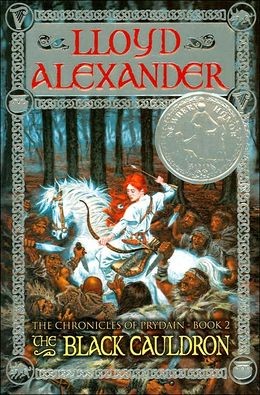 I reviewed this book a few years ago, and looking back, I find that I still appreciate the same things after reading it aloud to my daughters over the last week (on the heels of The Book of Three). As I said then, the book makes me think of lots of other stories, and I liked that:
I reviewed this book a few years ago, and looking back, I find that I still appreciate the same things after reading it aloud to my daughters over the last week (on the heels of The Book of Three). As I said then, the book makes me think of lots of other stories, and I liked that:
My brother-in-law says there are only about 5 stories out there, remixed over and over. I’m not sure if I agree, but I did find lots of connections between this story and others, especially Tolkein’s. Like The Two Towers, The Black Cauldron as the second book in the series is (in my opinion) the darkest. Its central mission is serious: to secure and destroy the cauldron Arawn uses to turn corpses into “cauldron-born” warriors who can never be killed. Alexander’s characters also reminded me often of Tolkein’s: Arawn and Sauron; the cauldron-born and the ringwraiths; Taran and Frodo; on and on. Both authors include a fellowship in which rivalries fester and threaten to break it apart. Both include an evil, enchanted object that magnifies the characters’ inner wrestling with good and evil. Even the imaginary kingdom of Prydain, and its inhabitants with their difficult-to-pronounce names, calls to mind Tolkein’s much more elaborate, meticulous alternative world and language in Middle Earth.
There are links to other stories too. The 3 enchantresses, Orwen, Orgoch, and Orddu, remind me of L’Engle’s Mrs. Whatsit, Mrs. Who, and Mrs. Which, who also take the form of dishevelled crones and leave us guessing whether they’re entirely to be trusted. The cauldron itself hearkens to the biblical story of redemption, for it’s used to keep those who are dead alive as slaves to the evil will of Arawn, and it can only be destroyed if a living person willingly climbs in and loses his life. And the cast of characters– a young man coming of age, a princess, a bard– could serve as the template for any number of classic tales.
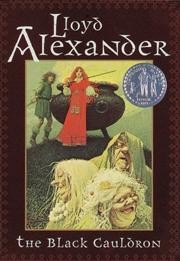 My daughters too saw parallels with other stories. But I think the richness of the characterization, and the consideration of some of the big questions of human nature, moved me more this time. For instance, the three hags turn many of our assumptions about what makes a character good or bad on their ear. After finishing the book, we’re left wondering: are these curious characters good, evil, or some third possibility tending toward neutral? I asked the girls about this and we had a great conversation. They are deliberately uninvolved in some ways, and in some lights they appear quite ominous. Yet they do no harm, and arguably even do some good by stealing the pot from Arawn.
My daughters too saw parallels with other stories. But I think the richness of the characterization, and the consideration of some of the big questions of human nature, moved me more this time. For instance, the three hags turn many of our assumptions about what makes a character good or bad on their ear. After finishing the book, we’re left wondering: are these curious characters good, evil, or some third possibility tending toward neutral? I asked the girls about this and we had a great conversation. They are deliberately uninvolved in some ways, and in some lights they appear quite ominous. Yet they do no harm, and arguably even do some good by stealing the pot from Arawn.
Most fascinating are the bad characters that Alexander insists upon drawing with complexity — like Morgant, the king gone bad who at the end is honored with a barrow because, as Prince Gwydian remarks,
It is easy to judge evil unmixed… But, alas, in most of us good and bad are closely woven as the threads on a loom; greater wisdom than mine is needed for the judging. King Morgant served the sons of Don long and well… Until the lust for power parched his throat, he was a fearless and noble lord. In battle he saved my life more than once, These things are part of him and cannot be put aside or forgotten.
This, along with Taran’s refusal to simply write off the arrogant, untrustworthy Ellidyr — another “bad” character who eludes easy categorization — sounds an awful lot like a profoundly Christian view of humanity. It’s what lies behind the biblical injunction to “judge not,” and behind God’s patience with fallen humanity.
I also loved the magical brooch that Taran wears for a time — a brooch that gives him a privileged level of insight into nature and the future and human character. Again, I read from my Christian perspective even though there is nothing explicitly “Christian” in the text, but I can’t help but think of the guidance of the Holy Spirit. The effect of the brooch is to deepen Taran’s reluctance to judge anyone quickly, and to make him more gracious and even loving toward “enemies.” It makes him wiser, as Eilonwy points out, even after he isn’t wearing it anymore.
I find I could go on and on — but I won’t. My daughters and I all enjoyed this book very much, not least because of the likable cast of characters in Taran’s little band: Eilonwy the talkative, Flewddur Flam the wonderful bard, Gurgi the half-man, half-beast (another fascinating idea) whom Medwyn says is “neither one thing nor the other,” Doli the grumpy and resourceful dwarf, Dallben the sage, and Prince Gwydion the noble. We find ourselves imitating Eilonwy, Gurgi, and Fflewddur Fflam all the time now. I think it’s inevitable that we’ll continue to progress through these chronicles together.
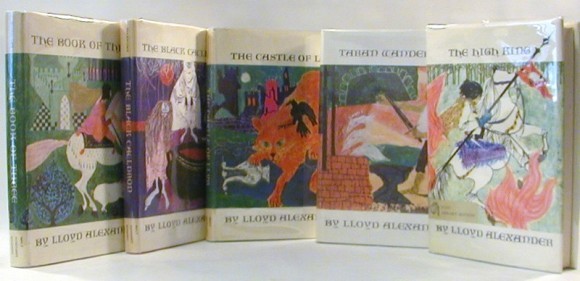
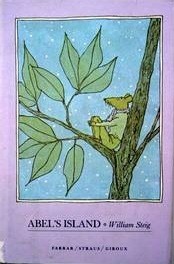

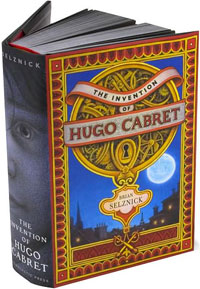
3 Comments
Barbara H.
I’m not familiar with these but can see some of the parallels you mentioned.
Amy @ Hope Is the Word
I’m impressed that you read all those names aloud! Wow! I actually have one of these books on my nightstand now, but I haven’t been in the mood for it yet.
This would make a great RAT post, by the way. ;)
SethH
These are some of my favorite books ever. I read them in fifth and sixth grade and re-read them every few years now. And I’ve passed them on to my son because good books should be passed down.